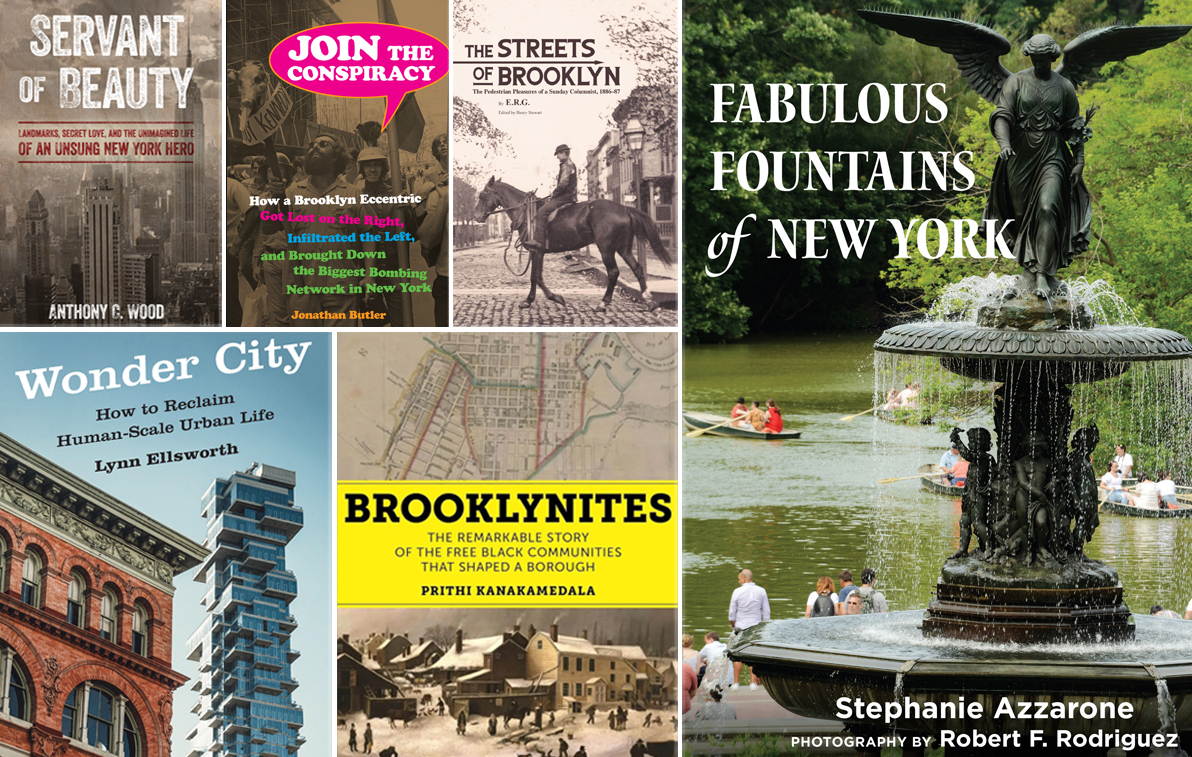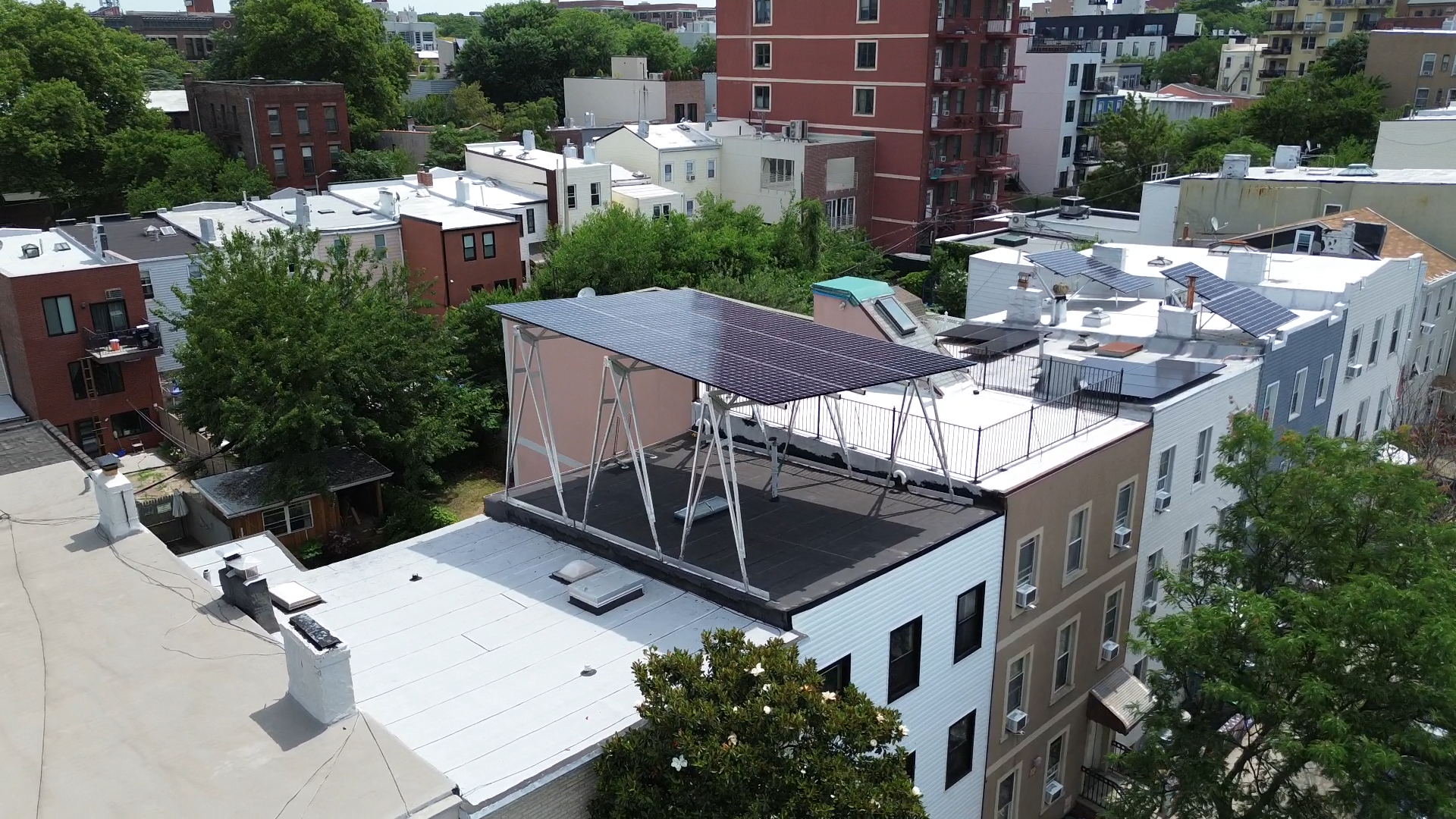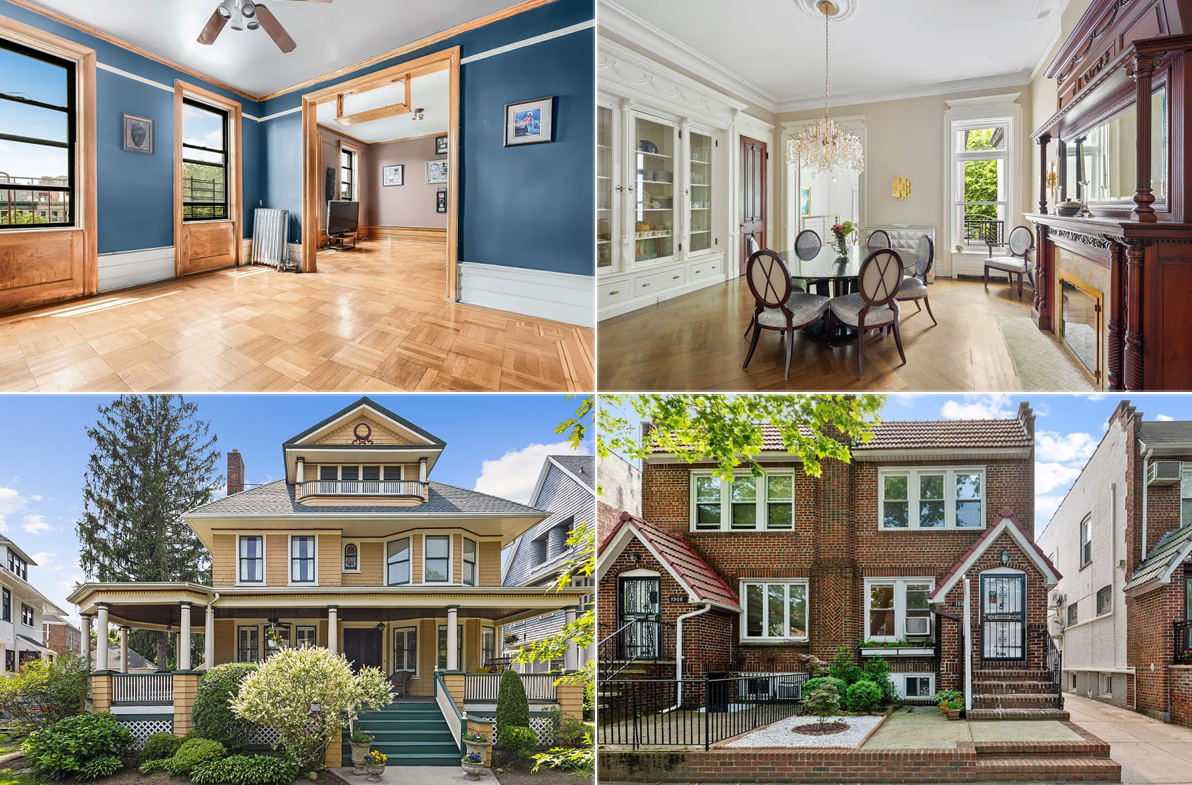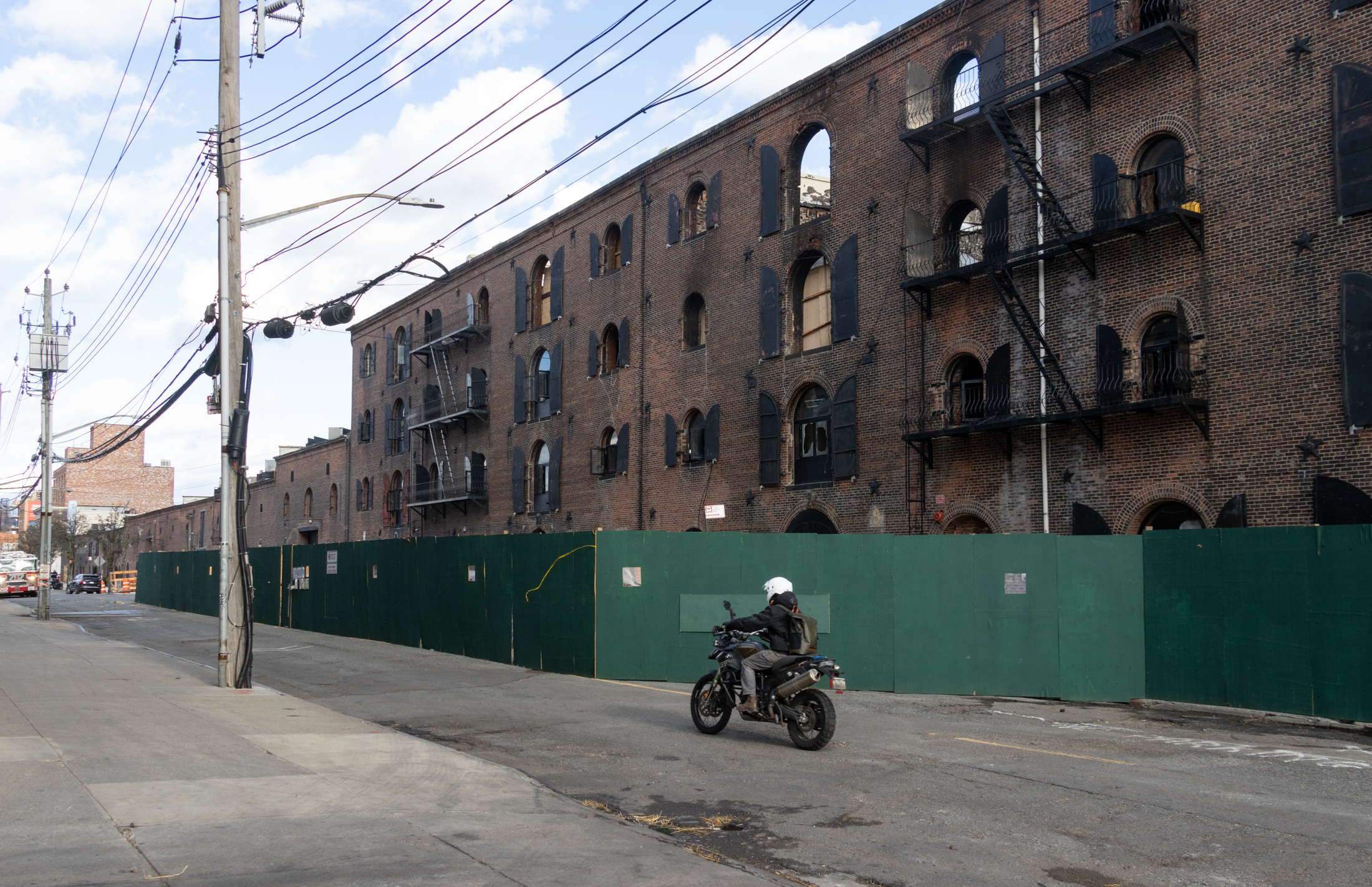Walkabout With Montrose: Automobile Row
The 20th century was a time of extraordinary invention and innovation, and the popularity of the automobile changed the world. As we know today, Brooklynites have always loved their cars. By 1910, Bedford Avenue, which now stretched from Williamsburg to Brooklyn College, was a major north-south transportation corridor. At the early decades of the century,…


The 20th century was a time of extraordinary invention and innovation, and the popularity of the automobile changed the world. As we know today, Brooklynites have always loved their cars. By 1910, Bedford Avenue, which now stretched from Williamsburg to Brooklyn College, was a major north-south transportation corridor.
At the early decades of the century, much of the area between what is now called Empire Blvd up to Fulton Street was undeveloped, with large tracts of available land.
Because of its proximity to affluent Crown Heights, Bedford, and Park Slope, as well as the attractions of nearby Ebbetts Field, Prospect Park, the Brooklyn Museum, the Botanic Garden and Children’s Museum, Bedford Avenue became a logical location for the growing number of automobile showrooms, gas stations, parking garages and repair shops.

As early as 1912, Trow’s Business Directory lists 25 automobile establishments on this stretch of Bedford Ave. Beginning in 1911, the Brooklyn Auto Show was held in the vast confines of the 23rd Regiment Armory, on Bedford and Atlantic.
In 1918, the New York Times noted that 107 exhibitors were signed up by the Brooklyn Motor Dealer’s Association, and an entire week of the two week show would be dedicated to passenger cars, of which 35 makes were being shown. A year later, the Times would report on a display of almost 200 passenger cars representing 44 makes.
By 1929, Bedford Avenue and adjacent blocks were filled with showrooms for cars and trucks made by Chrysler, Buick, Pontiac, Ford, Marmon, Haas, Studebaker and General Motors.

The area was known as Automobile Row. The most important remaining building from that time is the Studebaker Building, located on the corner of Bedford Avenue and Sterling Place, about 4 blocks north of Eastern Parkway.
The Studebaker building is an immense building of white concrete and white terra cotta, designed by the architectural firm of Tooker and Marsh in 1920. The original building was four stories and a mezzanine, with a corner tower of 5 stories.
Typical of automobile showrooms, the front of the first floor, which had large wide windows, was the showroom, a garage was in the back on this floor, and offices were in the mezzanine. Special heavy load bearing walls on the upper floors would allow for car storage.

By 1934, the showroom was selling used, as well as new cars, but by 1941, Studebaker had stopped selling cars at this location, and had cut back their business. Despite purchasing Pierce Arrow in ‘28, and merging with Packard Motors in ‘54, and with years of well designed and popular cars, they were unable to compete with the Big Three automakers, and Studebaker closed their plants forever in 1963.
Continue the story on the jump
Tooker and Marsh, who mostly designed school buildings in the tri-state areas, designed the Studebaker Building as a neo-Gothic monument to the automobile. The building is clad in white terra cotta, the most iconic features being the Studebaker banners near the roofline with a wheel with black spokes behind the banners.

In classic Gothic fashion, arched windows line the upper floors, and columns feature carved figures holding shields. Carved faces and quatrefoil motifs complete the neo-Gothic theme. In 1941, the building was altered, and turned into a dress store and showroom, with storage, offices, and a furniture manufacturer and his showroom on the upper floors.
When the building was sold in 1999 to a developer for affordable housing, a church occupied the ground floor, and the upper floors were artist’s studios. A very sensitive renovation altered the original two story showroom and mezzanine windows and facade, and created two floors of living space.
It is hard now to see where those large showroom windows once were, as the façade was redecorated with complementing concrete trim. The building now holds 27 low income apartments and a social service center.

Many of the other automobile showrooms, service centers and parking garages now have other uses, as churches, and retail stores, one is boarded up, awaiting new use. Many more have been torn down, and new buildings built on their sites.
The armory is now used only as a homeless shelter, and residents are now fighting its use as the intake center for all of the city’s homeless. The photos and the Flickr link show the Studebaker building, former auto showrooms and garages, and the 23rd Regiment Armory, all located on or near Bedford Avenue. This important part of Brooklyn’s past is now part of the rebirth of the Crown Heights North and Crow Hill neighborhoods.
In 2000, the Landmarks Preservation Commission awarded landmark status to the Studebaker Building, citing it as an important building in the development of New York City, the only automobile showroom to be designed by the New York firm of Tooker and March, an excellent example of neo-Gothic commercial architecture, and a fine example of a terra-cotta clad corporate icon, manufactured by the famous Atlantic Terra Cotta Works. The information for this piece is from the LPC report and the New York Times archives.
[Photos by Suzanne Spellen]





fascinating!
I am so glad you have brought awareness of the auto dealers that use to be in Crown Heights. I think when people think about buying cars in Brooklyn most think about Bay Ridge. I say this all the time but Bedford Ave in Crowns Heights should look Flatbush Ave. right now with new business etc… Bedford is such a great corridor that links you to the Williamsburg Br and Manhattans east village. Very similar to Flatbush Ave and the Manhattan Br.
“Huh? Atlantic Ave runs from the East River to the Van Wyck.”
And Bedford Avenue runs from the Belt Parkway to Greenpoint. Both streets are about ten miles in length, but Bedford, unlike Atlantic, doesn’t have almost three of those miles in Queens.
My grandfather was a Model T (or whatever Ford’s current model was) salesman in the 20s in Brooklyn, and I’ve always wondered where his showroom was; now I know! (My mother and aunt, as little girls, were always proud to drive around in a brand-new Ford, salesmen were expected to show off the latest product line.) Great stuff. Kind of sad, though, that such a once-thriving commercial corridor is now characterized by so much entrenched poverty-associated “services.” One wonders if the homeless, the low-income, etc. wouldn’t be better served by the businesses still being in business to employ them. Long story there, I know.
I loved reading this piece
truly great to learn the backstory of things
Thanks MM
Fascinating!
A terrific article MM. I was unaware (and happy to learn)that the Studebaker building has been landmarked. Speaking of orphaned automobile brands, I think there’s a building with a faded Citröen sign on Atlantic Ave., several blocks east of Flatbush.
love the auto-elves. I’m curious why the decoration on the studebaker building is gothic/ fairytale inspired. Love it, wish we knew more. Great article, MM. Of course.
“Bedford Avenue is the longest street that runs through Brooklyn.”
Huh? Atlantic Ave runs from the East River to the Van Wyck.